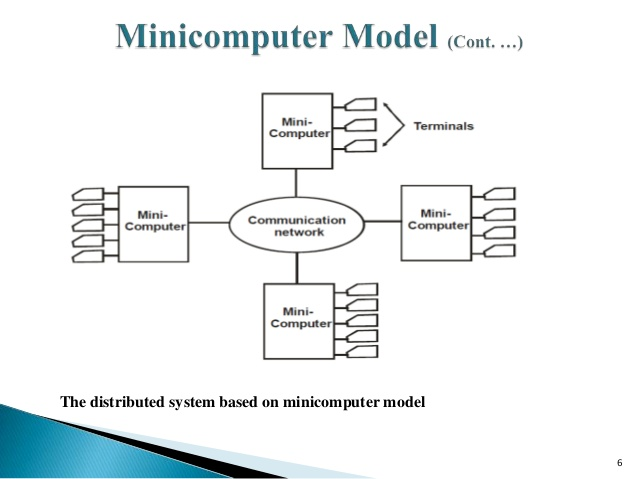DS notes #2
dated- 18-1-2017




- Distributed Computing model
Classifications
- Mini computer model
- Workstation model
- Workstation server model
- Processor pool model
- Hybrid model
- Mini computer model
- Extension - centralised time - sharing system.
- Remote access - other microcomputers.
- Network - allows access remote resources.
- Example - early ARPANET.
2) Workstation model
- Idle workstation - process jobs other workstation.
- Not simple to implement.
Issues
- Idle workstation.
- Process transferred
- Example- sprite system and xerox PARC.
3) Workstation server model
4)Processor pool model
- Run server - manages and allocates processor.
- Example- ameoba, plan g and cambridge DCS.
5) Hybrid model
- combines - workstation - server and processor pool model.
- Advantages of distributed systems
- Information sharing among geographically distributed users.
- Resource sharing
- Better price - performing ratio
- Higher reliability and availability against component failures.
Reliability - multiple copies of data.
Availablity - redundancy.
5) Starter response time and higher through put.
6) extensibility
7) Better flexibility.
DS notes #2
 Reviewed by Akshay Salve
on
12:12 AM
Rating:
Reviewed by Akshay Salve
on
12:12 AM
Rating:



No comments: